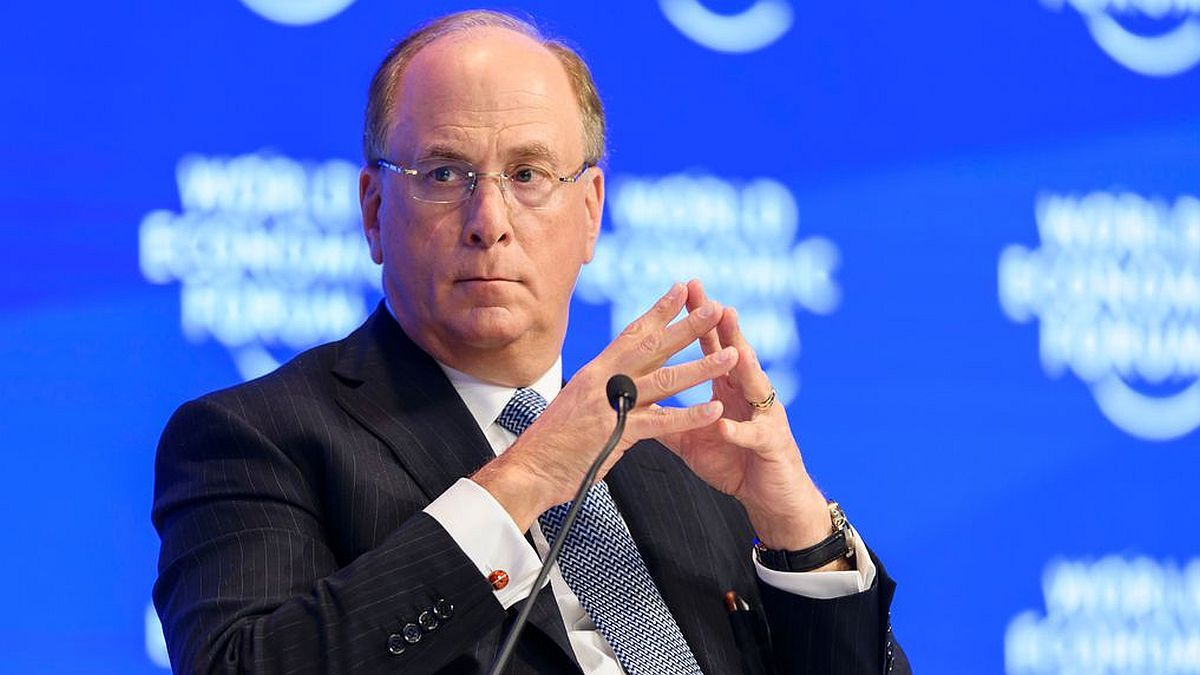The use of artificial intelligence images is giving much to talk about whether it is plagiarism or not. The phenomenon on social networks returned to the scene with the magical photos generated by AI that evoke the visual universe of Hayao Miyazaki, without literally copying any of his works. However, the disturbing resemblance with the style of Studio Ghibli aroused alerts in the world of art, law and technology. Are we facing a form of creative tribute or in front of a new type of copyright infraction?
The AI not only generates texts or music, it can also produce illustrations with great realism and sophistication. Tools such as Midjourney, Dall · E and Stable Diffusion allow anyone to create, with just a textual description, “in the style of” any artist. In this context, thousands of users began producing funds, characters and landscapes inspired by Ghibli’s nostalgic line. The result: an avalanche of visual content that awakens both admiration and alarm.
From the legal point of view, the artistic style is not protected by copyright. What is protected is the concrete work: characters, scripts, animations, specific landscapes. The “Ghibli style” as such – poetic sympthe, rounded faces, pastel colors – cannot be recorded or prohibited. Therefore, the generators of image by the escape, until now, the traditional legal framework.
However, the problem is complex when the images created by AI are too similar to the original works or if they use material trained directly with the protected contents. This has led to multiple judicial demands in different countries and a growing pressure to regulate the use of AI in the creative industry.
Judicial failures: AI is not author
One of the most representative cases is that of Thaler v. Perlmutter in the United States (2023), where justice rejected the attempt to register with Copyright an image generated by AI. The court was clear: authorship can only be attributed to human beings. No matter how “original” the image seems: if there is no human creating, there are no rights to protect.
On the other hand, in China (2020), a court recognized the copyright of an article written by artificial intelligence, but only because there was a significant human intervention in the process. This condition – the “human hand” – is the line that divides the protected creation of automation without rights.
Thus, the jurisprudence is under construction, with failures that oscillate between the protection of certain uses of AI and the rejection of granting legal personality or copyright. But no decision has been definitive nor has the background dilemma resolved: who belongs to a work created by a machine trained with foreign works?
In this context, an old criticism from classical liberalism is gather again. In 1998, Alberto Benegas Lynch (H) published in the Libertas Magazine A paper entitled “Notes on the concept of copyright”where he argues that intellectual property is not a natural right, but a legal fiction created by the State to restrict the circulation of ideas.
Citing Arnold Plant, Tom Palmer, Friedrich von Hayek and other liberal thinkers, Benegas Lynch (h) argues that ideas, being reproducible without loss and not having physical shortage, should not be treated as appropriate goods. From this perspective, copyright would be an arbitrary legal privilege, which distorts competition, slows innovation and converts knowledge into an artificially scarce good.
This position, considered radical by many, acquires new relevance to the explosion of content generated by AI. Does it make sense to talk about plagiarism when a machine reinterprets thousands of influences and produces something new? Or are we facing an obsolete legal system that no longer conforms to modern forms of creation?
Ghibli, AI and the Cultural Revolution
The Ghibli style case works as an emblem of this discussion. No one denies the value of the original works or the right of artists to be recognized. But it cannot be ignored that technology has democratized artistic creation. Today, anyone can produce visually shocking illustrations without going through an art school or working for a great study.
Does that threaten consecrated artists or simply redistributes creative power?
Some see it as an “assault” to the cultural industry; others as an emancipatory revolution, which breaks hierarchies and opens the door to new forms of expression. At this point, liberal ideas have weight again: perhaps it is not about protecting monopolies about knowledge, but to guarantee the freedom to learn, create, copy and improve.
The advance of artificial intelligence defies not only technology, but also the legal and philosophical principles on which our culture is sustained. The question is no longer whether you can “copy” a style, but if it makes sense to continue talking about property about ideas in a world where everything is constantly reinvented.
Instead of chasing those who use AI to create art, perhaps you have to rethink the legal system that prevents it from sharing it freely. As Benegas Lynch suggests (H), perhaps the problem is not in the machine, but in an intellectual property model that is no longer up to the time we live.
Project Manager of the International Foundation Bases
Source: Ambito
David William is a talented author who has made a name for himself in the world of writing. He is a professional author who writes on a wide range of topics, from general interest to opinion news. David is currently working as a writer at 24 hours worlds where he brings his unique perspective and in-depth research to his articles, making them both informative and engaging.




